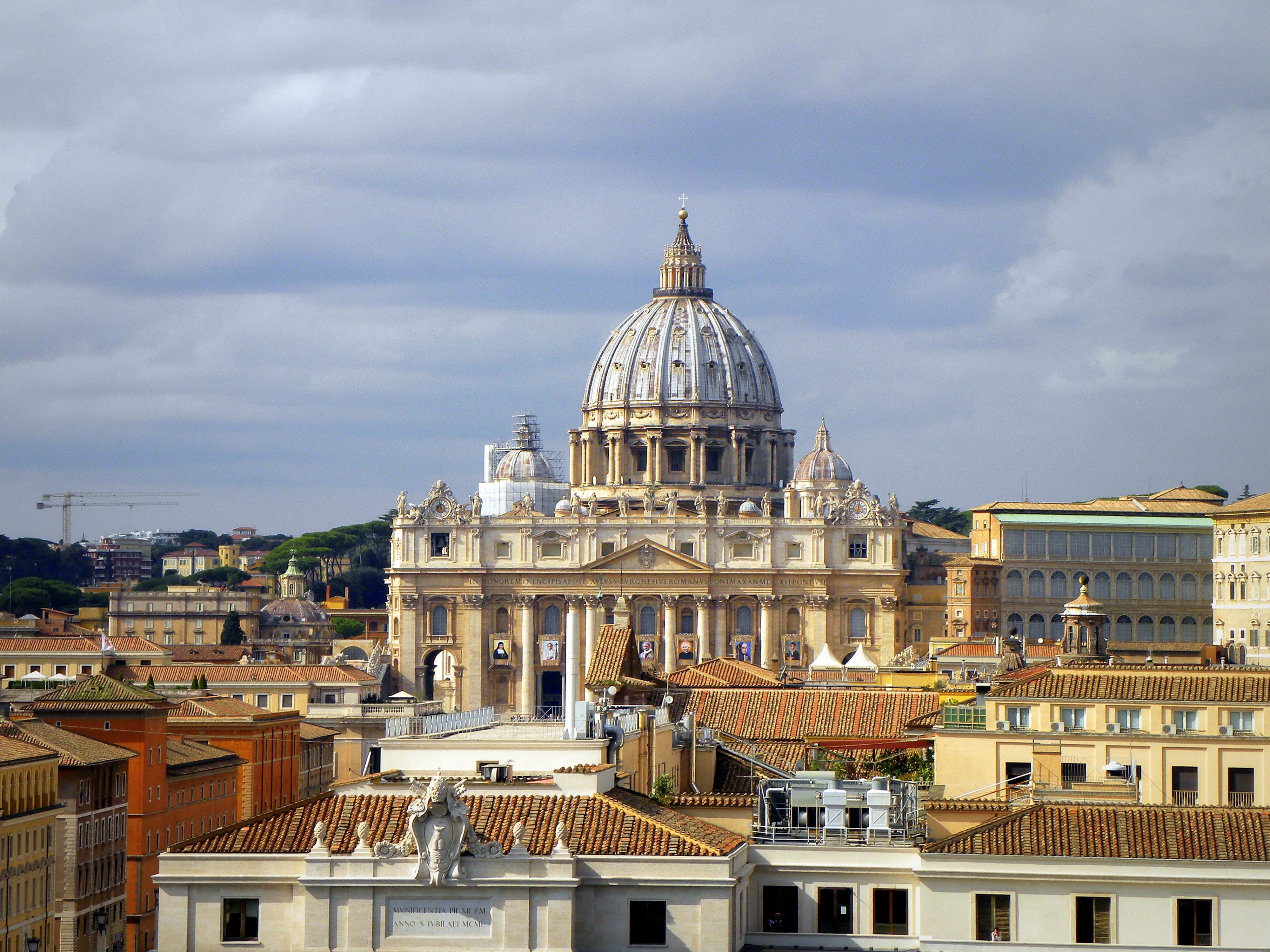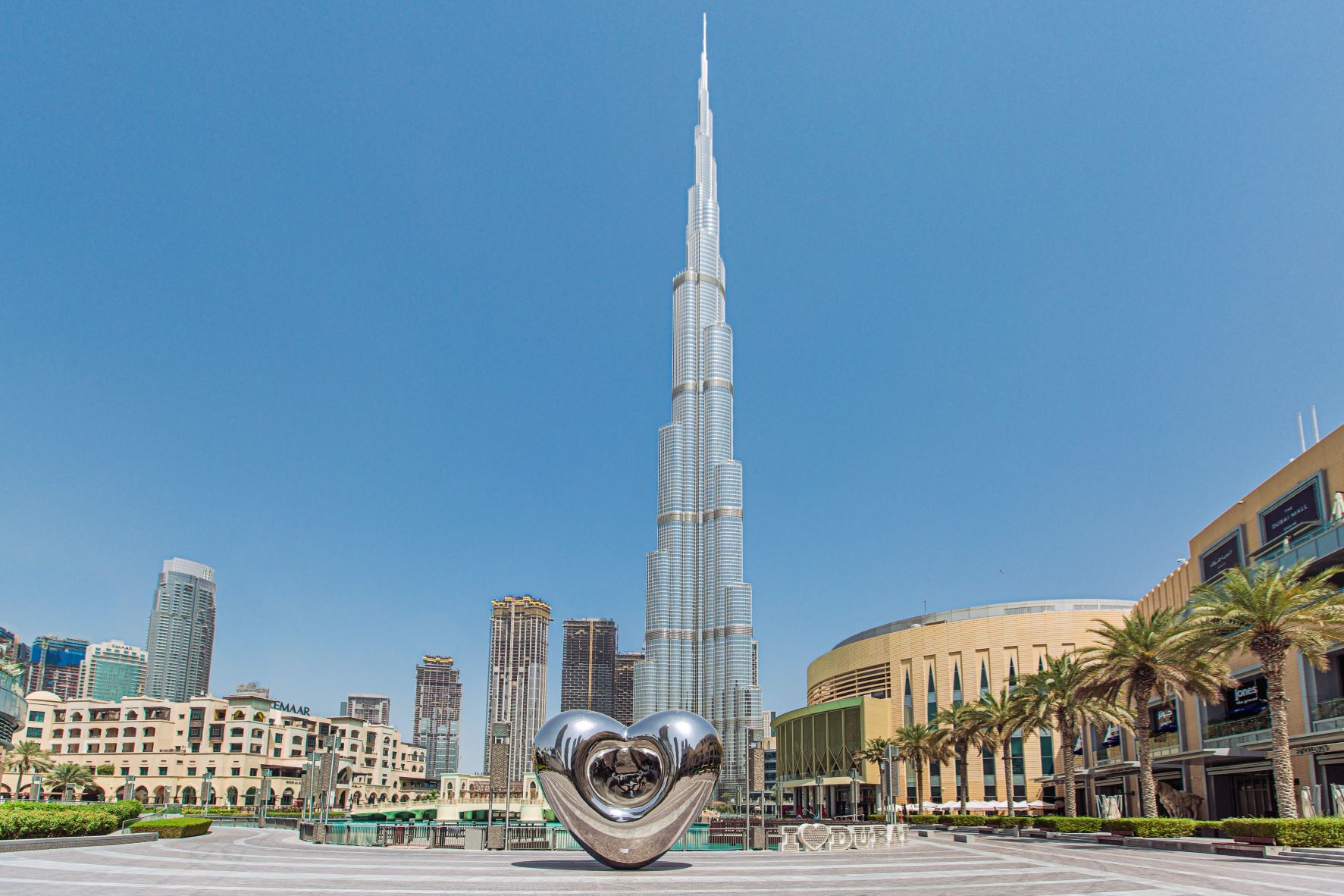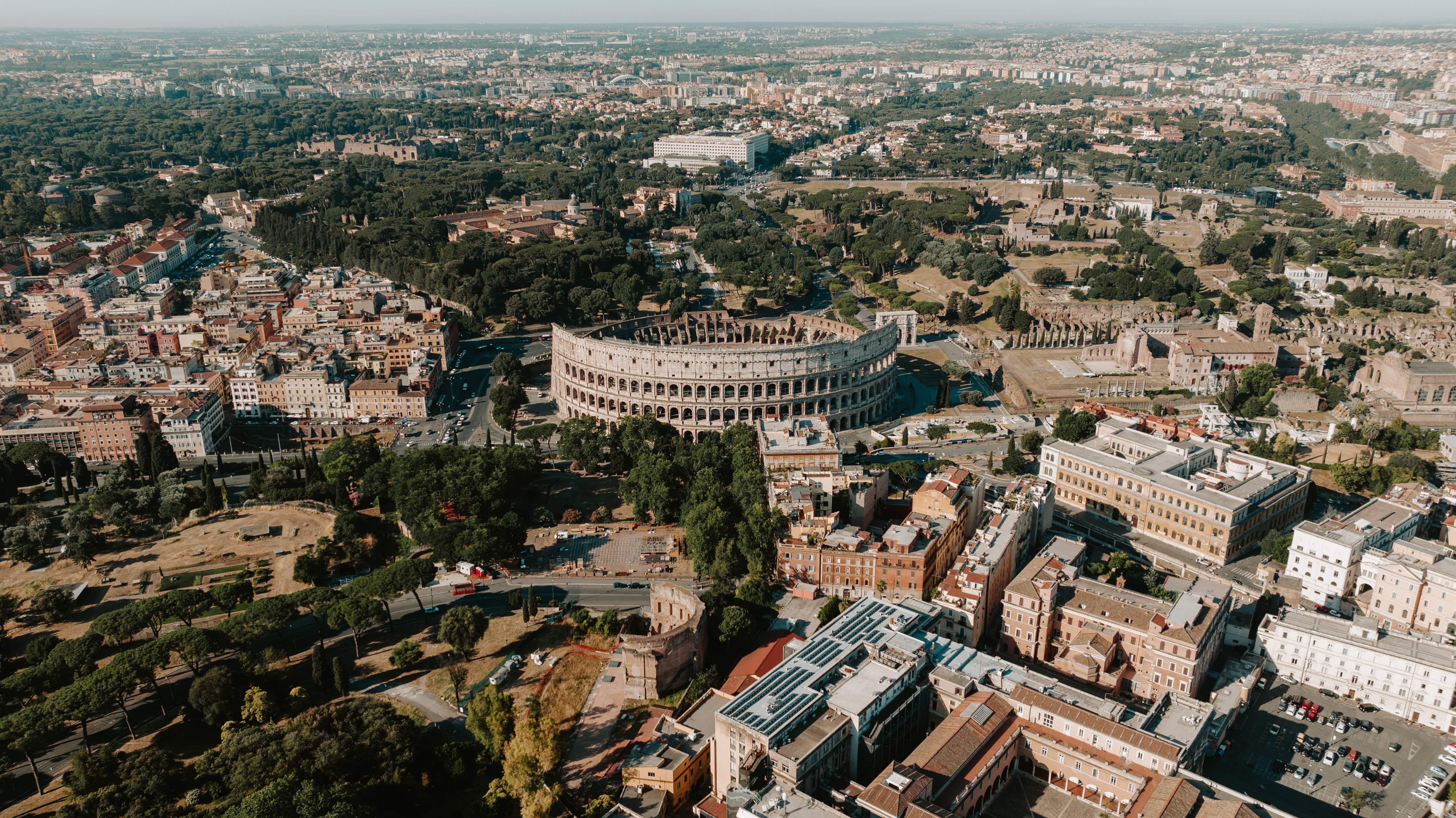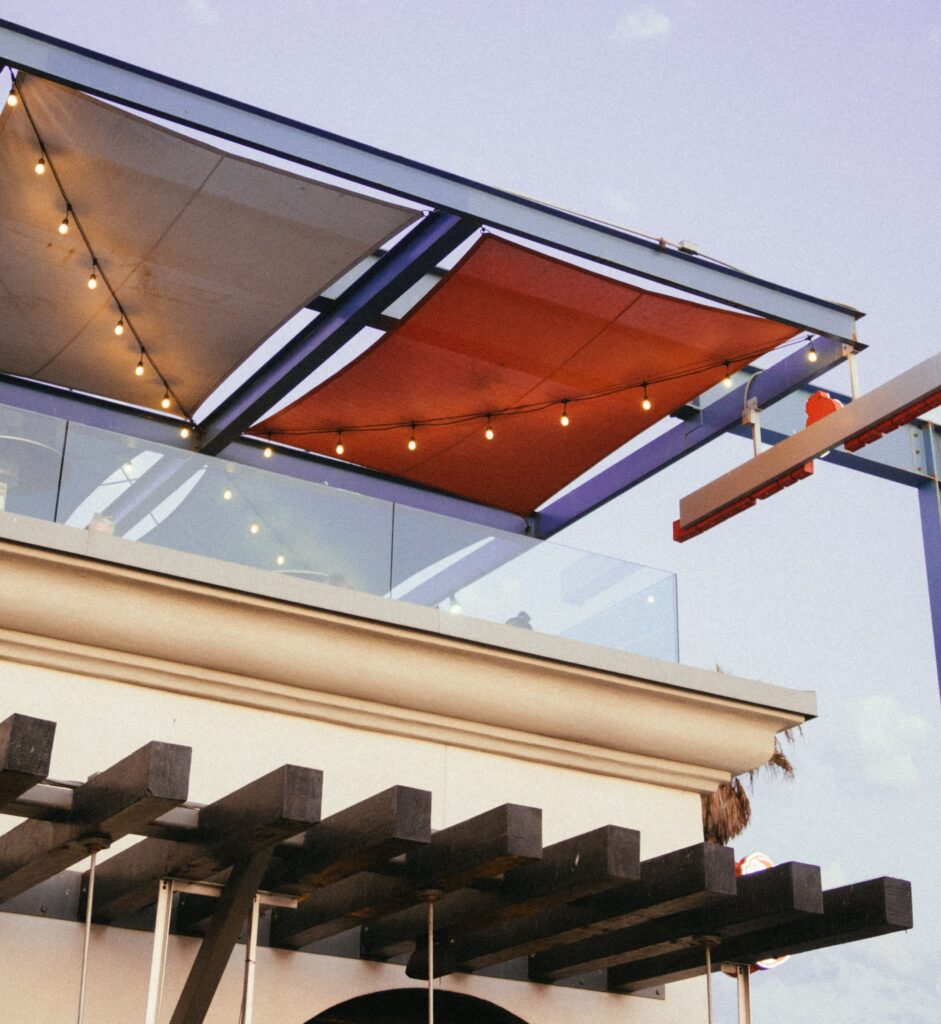Corbusian
Corbusian is an adjective used to describe architecture in the same style as Le Corbusier. Le Corbusier was the popular name for the Swiss architect Charles-Édouard Jeanneret, one of the most famous architects to ever live. His modernist style was based on ideas of functionalism
Context

The context in architecture is defined as the interconnection of circumstances that surround a specific place, site, or project and should be related to and connected in some way. The buildings and structures that comprise the built environment do not exist in isolation; rather,
Contextual architecture

Contextual architecture, also known as contextualism, refers to architecture that reflects the shapes, features, and geographical characteristics of the surrounding landscape. Mostly, the structure is designed in response to the urban and natural environment.
Contemporary Architecture

Contemporary architecture refers to the current style of architecture of the twenty-first century. Contemporary architecture deviates from late-20th-century contemporary architecture by including eco-friendly characteristics and embracing all forms of creativi
Colonial Architecture

Colonial architecture is an architectural style from a mother country that has been incorporated into the buildings of settlements or colonies in distant locations. It happens when a country is colonized and begins to use architecture from the country that colonized
Classical Architecture

Classical architecture refers to the architecture of ancient Greeks and Romans, especially between the 5th century BCE in Greece and the 3rd century CE in Rome, and is characterized by symmetry, columns, rectangular windows, marble, etc. Greek architecture was primarily built on the post-and-beam system,
Circulation

Circulation in architecture refers to the way people move throughout a building and how they interact with the physical space around them. Circulation also occurs before entering a building, as people approach a structure. It can be vertical or horizontal; stairs, lifts, escalators, travellators, etc. are the elements that are used
Caryatid

In classical architecture, a caryatid is a sculpted female figure that also serves as a column, pillar, or other supportive architectural elements. It was used to hold up the lintel of porches and other parts of classical buildings. A classic caryatid wears a capital (the top of a column) on her hea
Cantilever

A cantilever beam is a flat, rigid structural support that is fixed at one end and hangs horizontally at the other, transferring all vertical load to the beam and the wall. A cantilever, like other structural parts, can be shaped into a beam, plate, truss, or slab.
Canopy

A canopy in architecture is an overhead roof structure that has three open sides typically intended to provide shelter or shade from the sun, rain, snow, and hail storm. It can be constructed with any materials like metal, fabric, glass, wood, etc. It is an architectural element that can also be used for decorative purposes or to emphasize elevation.

